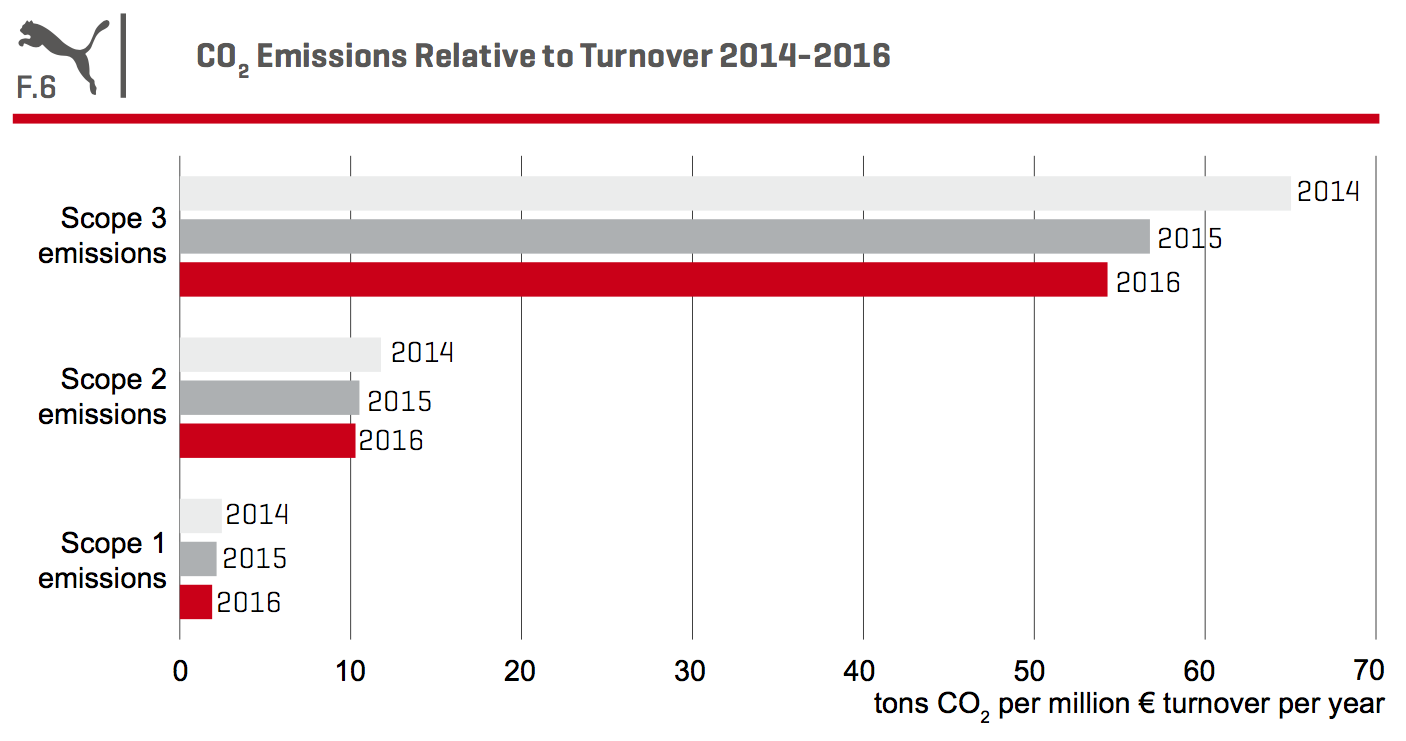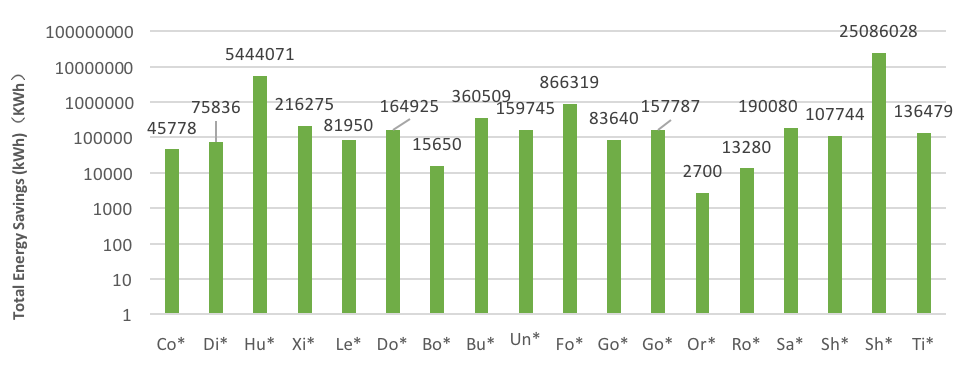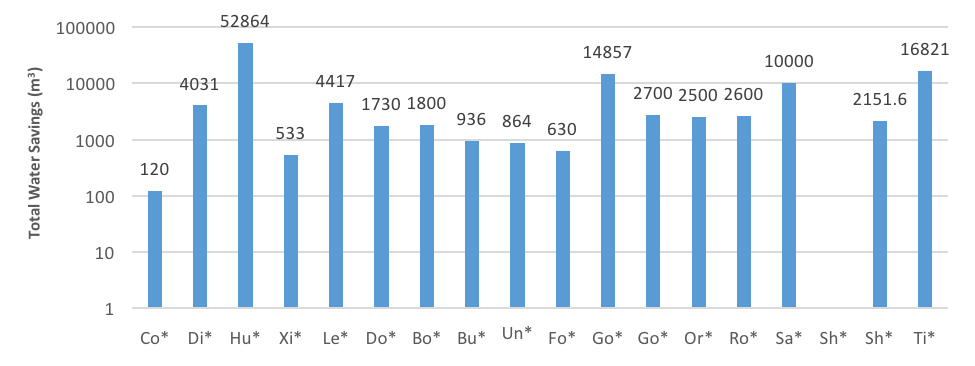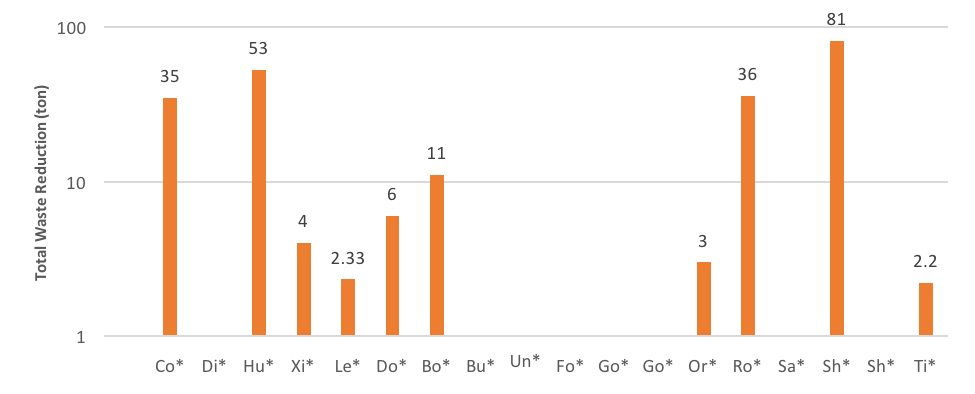Brand CasesPuma Motivates High-Impact Suppliers to Reduce Emissions
Publication Date:2017-09-08
View:8165
Puma set a 3% target for reduction of
greenhouse gas emissions as part of its efforts to help fulfill the United
Nations’ sustainable development goals and honor commitments made at the 2015 climate
change conference. The target is set relative to turnover on the basis of regular
collection of energy consumption data from its suppliers. Puma’s 2016 Annual
Report shows that the brand’s strategy and actions are beginning to show
results:

(Scope 1: Organizational and structural direct
emissions; Scope 2: Electricity and heating indirect emissions; Scope 3: Other
supply-chain related emissions)
Beginning in 2013, Puma actively promoted its production-oriented
suppliers to participate in the three-year SAVE (Sustainable Action and Vision for a Better Environment) project. The
project aimed to promote Asian clothing, shoes and jewelry manufacturers’
capacity-building to enhance their environmental friendliness. The project
covered a total of 35 suppliers from four countries, and mainly focused on
water use efficiency, waste reduction, energy use efficiency as well as
greenhouse gas emissions reduction.

Among suppliers participating in SAVE, 18 were
from China. These suppliers on average conserved 33,208,796 kWh per year. The
main energy-saving measures adopted by these suppliers include installation of
servo motors to sewing machines, replacement of T8/T5 lights with LED lamps,
and installation of transparent roofs to maximize natural lighting. Larger factories with bigger requirements for
investment in environmental protection focused on the use of renewable
energies, including installation of solar power systems and use of biomass
boilers (see SAVE PROJECT FINAL
REPORT for details).

In addition, the 18 suppliers saved 119,555 m³ of
water, reducing wastewater discharge by 234 tons:


Every year, Puma also
identifies Chinese suppliers with relatively high environmental impacts and
pushes them for improvement by requiring them to report and disclose their
Pollution Release and Transfer Register (PRTR) data on IPE’s website.
(The above content was provided to IPE by the brand, who is responsible for the accuracy of the data.)